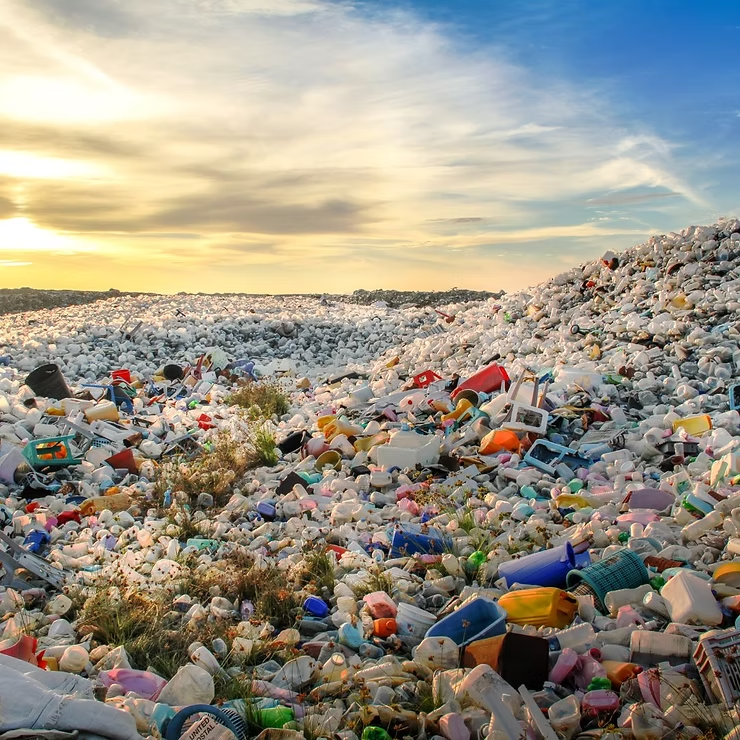Introduction
Plastic pollution has emerged as one of the most pressing environmental issues of our time, with marine ecosystems and animal health suffering significant consequences. From coral polyps to vast oceanic food webs, the infiltration of microplastics is disrupting biodiversity, threatening fisheries, and highlighting the urgent need for global action. This article explores the impact of plastic waste on corals, fisheries, and marine ecosystems, while offering insight into research, risks, and potential solutions.
Key Takeaways
- Microplastics slow coral growth, cause bleaching, and lead to necrosis, with synthetic fibers and tire dust especially harmful.
- Research shows species-specific coral responses to microplastic pollution, revealing uneven vulnerabilities across ecosystems.
- Current levels may not endanger all corals, but species feeding heavily on particles are at higher risk.
- Aquaculture and fisheries contribute to plastic pollution, raising sustainability concerns for blue food production.
- Solutions require education, legislation, and development of eco-friendly alternatives to plastics.
Microplastics and Coral Health
How Corals Ingest Plastic
Corals feed on plankton, but polluted waters now mix tiny plastic particles into their diet. Unlike sand or other non-food debris, microplastics often resemble natural prey, especially when coated with biofilm. This makes them difficult for corals to reject, leading to accumulation in coral skeletons and impaired health.
Consequences for Coral Reefs
- Slower coral growth and reproduction rates.
- Increased bleaching and disease susceptibility.
- Necrosis in sensitive species such as cauliflower coral.
As pollution compounds with overfishing and rising sea temperatures, coral reefs face severe threats, affecting biodiversity and millions of people reliant on them for food and coastal protection.
Scientific Research and Findings
Insights from Dr. Jessica Reichert’s Team
At Justus Liebig University, Dr. Reichert’s team found that synthetic fibers from textiles and tire dust are among the most harmful pollutants for corals. Different coral species show varying levels of resilience, with cauliflower corals among the most vulnerable. Their findings underscore the importance of reducing waste from clothing and automotive industries while pursuing further research on mixed-particle exposure.
Species-Specific Responses
Not all corals react equally. Some can expel plastics more effectively, while others incorporate them into their skeletons. This uneven vulnerability makes ecosystem-wide risks difficult to predict but signals that already stressed species are at higher danger.
Microplastics in Marine Food Webs
A Hidden Threat to Feeding Habits
Microplastics mimic natural prey and infiltrate marine food chains from the smallest plankton to apex predators. Once ingested, they compromise nutrition and bioaccumulate, moving up through larger predators—ultimately including humans.
The Ripple Effect
- Disruption of energy flow in marine food webs.
- Malnutrition and reproductive issues in marine species.
- Long-term risks for biodiversity and fisheries sustainability.
Blue Food Production and Plastic Pollution
Aquaculture and Fisheries’ Contribution
While providing vital nutrition, aquaculture and fisheries also contribute to marine degradation through resource overuse, emissions, and plastic debris. Unsustainable practices undermine ecosystems and add pressure to marine food security.
Opportunities for Sustainable Practices
- Eco-friendly aquaculture using sea grasses and mussels for carbon capture.
- Improved fishing gear and cleaner vessel technology.
- Support for small-scale producers to foster social and environmental resilience.
Solutions and Global Action
Innovative Approaches
Bioplastics, recycled materials, and natural fiber composites offer promising alternatives to traditional plastics. Coupled with public awareness, technological innovation, and strong policies, these strategies can reduce pollution at its source.
Public Awareness and Policy
- Educating communities about the dangers of microplastics.
- Strengthening legislation to enforce marine protected areas.
- Grassroots initiatives such as beach cleanups and plastic bans.
Conclusion
Plastic pollution is altering the balance of marine ecosystems, with corals and fisheries caught in the crossfire. While immediate threats may not doom all coral species, long-term risks are significant and escalating. Addressing this invisible crisis demands collective action: scientific research, sustainable aquaculture, public engagement, and strong global policy. Protecting our oceans is not just an ecological priority—it is a necessity for human survival.
Frequently Asked Questions
How do corals ingest microplastics?
Corals feed on plankton, inadvertently consuming microplastics that resemble food, especially when coated with biofilm.
What are the effects on coral health?
Microplastics slow coral growth, increase bleaching and necrosis, and can accumulate in skeletons.
What did Dr. Reichert’s research reveal?
Her team found synthetic fibers and tire dust are particularly harmful to corals, though risks vary by species.
Which coral is most vulnerable?
Cauliflower coral is highly sensitive, showing severe reactions to synthetic fibers and tire dust.
Are current microplastic levels safe?
Average concentrations may not endanger all corals now, but rising levels could pose long-term risks.
What are the impacts of blue food production?
Overfishing and aquaculture contribute to plastic pollution, emissions, and ecological imbalance.
How can awareness and policy help?
Education, stricter legislation, and grassroots initiatives can reduce pollution and support healthier oceans.

